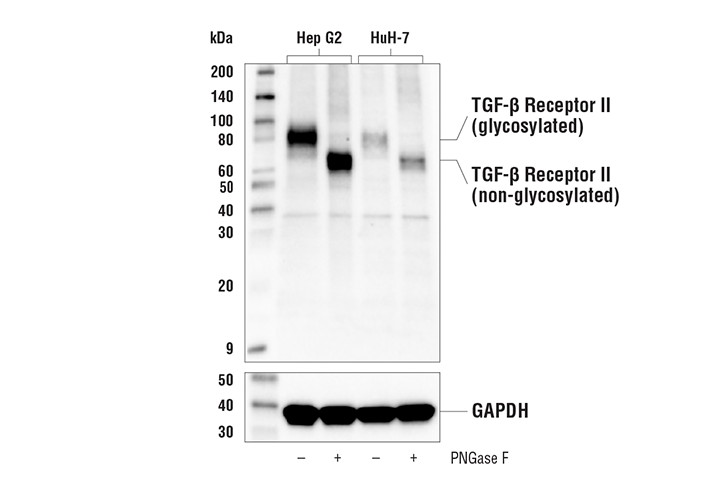高级搜索
咨询
热搜:
 全部商品分类
全部商品分类


1/2
产品介绍
产品信息
分子量
85

背景
背景
Transforming growth factor-β (TGF-β) proteins belong to the TGF-β superfamily of cytokines that play a critical role in regulating cell proliferation and differentiation, developmental patterning and morphogenesis, and disease pathogenesis (1-3). TGF-β ligands elicit signaling through three cell surface receptors: type I (RI), type II (RII), and type III (RIII) TGF-β receptors. Type I and type II receptors are serine/threonine kinases that form a heteromeric complex following ligand binding to the type II receptor. In response to ligand binding, the type II receptors form a stable complex with the type I receptors, triggering phosphorylation and activation of the type I receptor (4). The results in the recruitment of receptor-mediated SMADs (SMAD2, SMAD3), which are phosphorylated by the type I kinase in an SSXS domain in the C-terminus. This leads to recruitment of the co-SMAD (SMAD4), and subsequent translocation of this heteromeric SMAD complext to the nucleus, where it regulates transcription of target genes (5-7). The type III receptor, also known as betaglycan, is a transmembrane proteoglycan with a large extracellular domain that binds TGF-β with high affinity but lacks a cytoplasmic signaling domain. Expression of the type III receptor can regulate TGF-β signaling through presentation of the ligand to the signaling complex (8).
1.Massagué, J. et al. (2000) Cell 103, 295-309.
2.de Caestecker, M.P. et al. (2000) J Natl Cancer Inst 92, 1388-402.
3.Derynck, R. et al. (2001) Nat Genet 29, 117-29.
4.Derynck, R. and Feng, X.H. (1997) Biochim Biophys Acta 1333, F105-50.
5.Miyazono, K. et al. (2000) Adv Immunol 75, 115-57.
6.Massagué, J. (2000) Nat Rev Mol Cell Biol 1, 169-78.
7.Derynck, R. et al. (1998) Cell 95, 737-40.
8.López-Casillas, F. et al. (1991) Cell 67, 785-95.

研究领域
癌症,发育生物学与干细胞研究,纤维化,神经科学,
声明 :本官网所有报价均为常温或者蓝冰运输价格,如有产品需要干冰运输,需另外加收干冰运输费。






 用小程序,查商品更便捷
用小程序,查商品更便捷





